Speaker
Description
A compressed spectrum is seen as an natural explanation for the elusiveness of low-energy supersymmetry at the LHC. Some characteristic signals, such as mono-jet + MET, had been accepted as its trademark signals although investigations suggested that lower limits on the supersymmetric particle masses are quite stringent in spite of compression. Also, most compressed SUSY scenarios studied so far are only partially compressed. In this backdrop, we make an exhaustive analysis of the compressed SUSY scenarios for the 13 TeV run of LHC, keeping the level of compression in the entire spectrum as high as possible. A broad class of benchmark spectra are thus considered, after ensuring consistency with the observed Higgs mass as well as the dark matter constraints. The rates of observable events in the high-energy run are obtained through detailed simulation, for both the multi-jet + MET and mono-jet + MET final states. We argue that the former is still more efficient to reveal a compressed SUSY spectrum first, while the latter can serve as a useful confirmatory channel.
